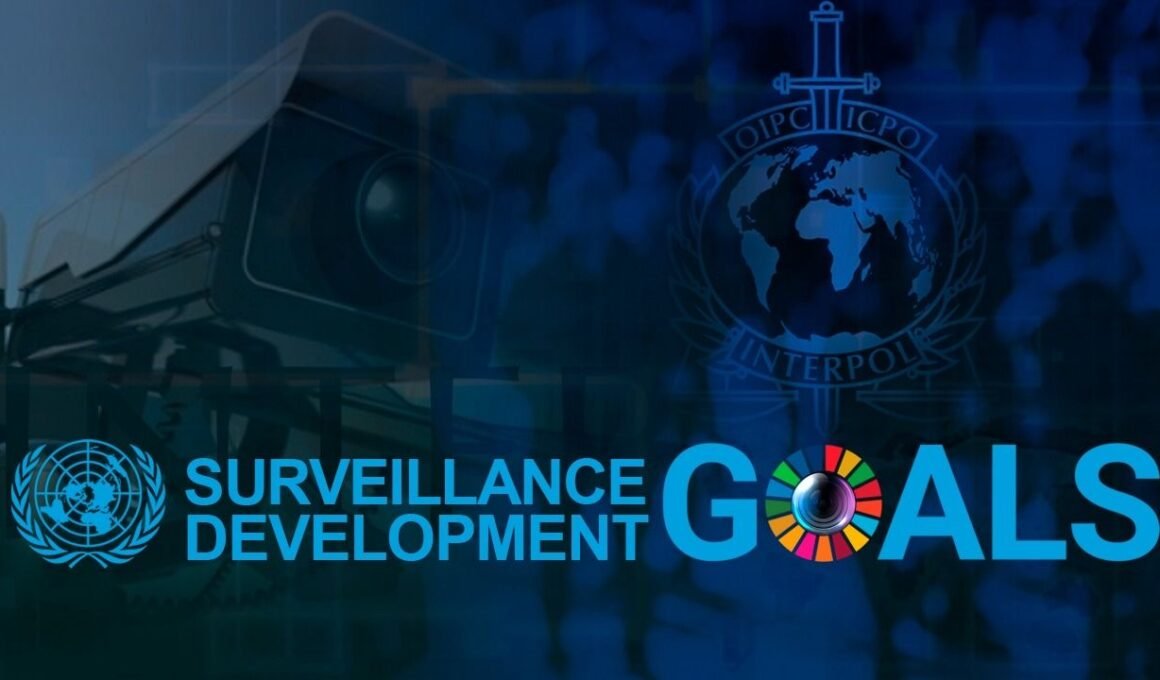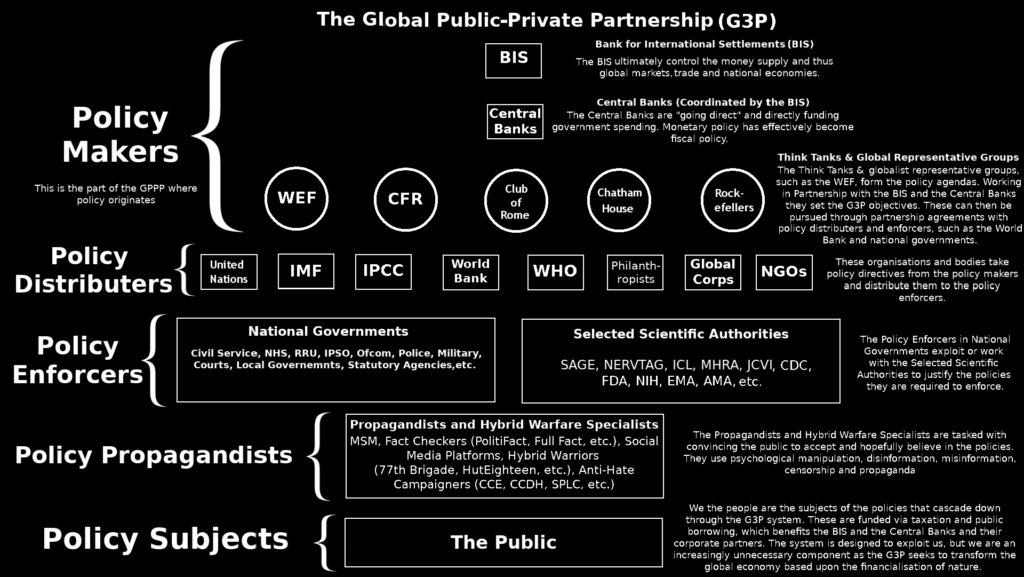by Iain Davis, Unlimited Hangout:

TRUTH LIVES on at https://sgtreport.tv/
During our investigation of Sustainable Development Goals (SDGs), the disingenuous use of language to sell SDGs to an unsuspecting public has emerged as a common theme.
The United Nations (UN) claims the purpose of SDG16 is to:
Promote peaceful and inclusive societies for sustainable development, provide access to justice for all and build effective, accountable and inclusive institutions at all levels.
If we accept the supposition that “sustainable development” is global development that meets the needs of the world’s poor, then a reasonable person is unlikely to disagree with this stated objective.
But helping the poor is not the purpose of SDG16.
The real purpose of SDG16 is threefold: (1) empower a global governance regime, (2) exploit threats, both real and imagined, to advance regime objectives; and (3) force an unwarranted, unwelcome, centrally controlled global system of digital identity (digital ID) upon humanity.
We find the UN’s digital ID objective tucked away in its SDG Target 16.9:
By 2030, provide legal identity for all, including birth registration.
While SDG16 doesn’t allude specifically to “digital” ID, that is what it means.
As we shall see, the SDG16 target indicators don’t reveal the truth, either. For example, the only “indicator” to measure SDG16.9 progress (16.9.1) is:
[The] proportion of children under 5 years of age whose births have been registered with a civil authority, by age.
You might therefore think the task of “providing legal identity” would primarily fall to said “civil authorities.” That is not the case.
Within the UN system, all governments (whether local, county, provincial, state, federal) are “stakeholder partners” in a global network comprised of a wide-ranging gamut of public and private organisations. Many of these are explicitly backed by or housed at the UN, and all of them are pushing digital ID as the key mechanism to achieve SDG16.
This aspect of SDG16 will be more fully explored in Part 2.
There is a term that this worldwide amalgam of organisations often uses to describe itself: it is a global public-private partnership—G3P, for short.
The G3P is toiling tirelessly to create the conditions necessary to justify the imposition of both global governance “with teeth” and its prerequisite digital ID system. In doing so, the G3P is inverting the nature of our rights. It manufactures and exploits crises in order to claim legitimacy for its offered “solutions.”
The G3P comprises virtually all of the world’s intergovernmental organisations, governments, global corporations, major philanthropic foundations, non-governmental organisations (NGOs) and civil society groups. Collectively, these form the “stakeholders” implementing sustainable development, including SDG16.

Digital ID will determine our access to public services, to our Central Bank Digital Currency (CBDC) wallets, to our “vaccine” certificates—to everything, even the food and beverages we’re allowed to buy and consume.
Wary citizens are watchful for potential abuse of digital ID by their authorities. In countries where a national digital ID card is not welcome, such as in the UK, the G3P solution is to construct an “interoperable” system that links various digital ID systems together. This “modular platform” approach is designed to avoid the political problems that the official issuance of a national digital ID card would otherwise elicit.
Establishing SDG16.9 global digital ID is crucial for eight of the seventeen UN SDGs. It is the linchpin at the centre of a global digital panopticon that is being devised under the auspices of the UN’s global public-private partnership “regime.”
Human Rights versus Inalienable Rights
For reasons that will become apparent, it is important that we fully understand the UN’s concept of “human rights.”
Human rights are mentioned nine times in the United Nations Charter.
A key document referenced by the UN Charter is the Universal Declaration of Human Rights, which was first accepted by all members of the United Nations on December 10, 1948.
The preamble of the Declaration recognises that the “equal and inalienable rights” of all human beings are the “foundation of freedom, justice and peace in the world.” After that, “inalienable rights” are never again mentioned in the entire Declaration.
“Human rights” are nothing like “inalienable rights.”
Inalienable rights, unlike human rights, are not bestowed upon us by any governing authority. Rather, they are innate to each of us. They are immutable. They are ours in equal measure. The only source of inalienable rights is Natural Law, or God’s Law.
No one—no government, no intergovernmental organisation, no human institution or human ruler—can ever legitimately claim the right to grant or deny our inalienable rights. Humanity can claim no collectiveauthority to grant or deny the inalienable rights of any individual human being.
Beyond the preamble, the UN’s Universal Declaration of Human Rights (UDHR) concerns itself exclusively with “human rights.” But asserting, as it does, that human rights are some sort of expression of inalienable rights is a fabrication—a lie.
Human rights, according to the UDHR, are created by certain human beings and are bestowed by those human beings upon other human beings. They are not inalienable rights or anything close to inalienable rights.
Read More @ UnlimitedHangout.com



